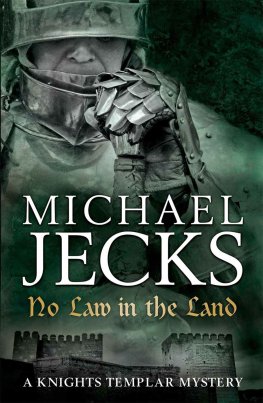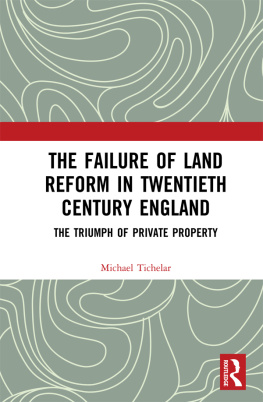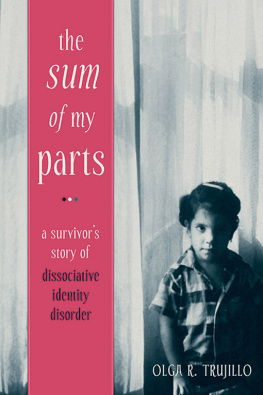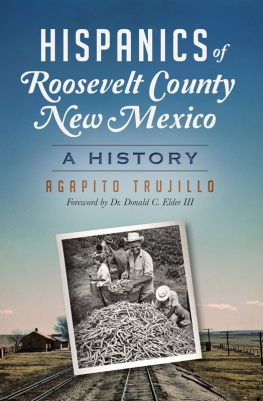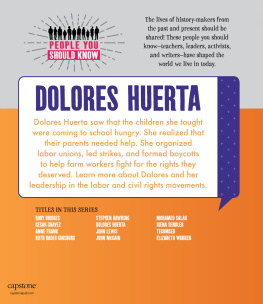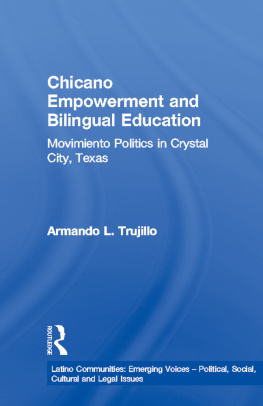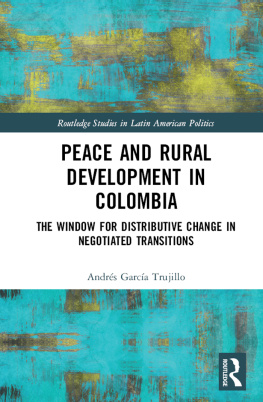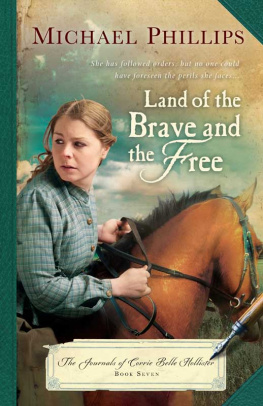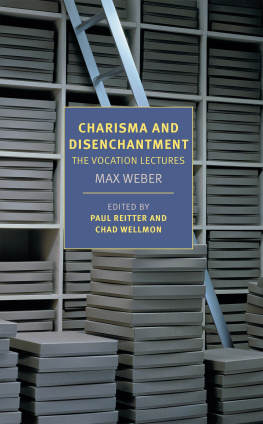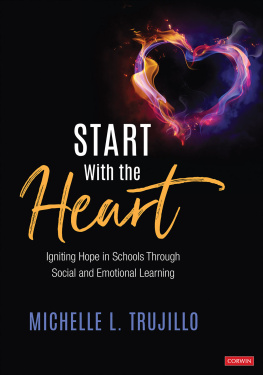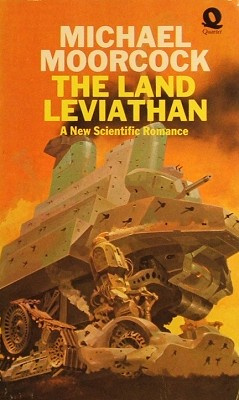LAND OF DISENCHANTMENT
LAND OF DISENCHANTMENT
Latina/o Identities and Transformations in Northern New Mexico
Michael L. Trujillo
University of New Mexico Press
Albuquerque
ISBN for this digital edition: 978-0-8263-4737-4
2009 by The University of New Mexico Press
All rights reserved. Published 2009
Printed in the United States of America
The Library of Congress has catalogued the printed edition as follows:
Trujillo, Michael L., 1971
Land of disenchantment : Latina/o identities and transformations in northern New Mexico / Michael L. Trujillo.
p.cm.
Includes bibliographical references and index.
ISBN 978-0-8263-4736-7 (pbk. : alk. paper)
1. Hispanic AmericansNew MexicoEspanola ValleyEthnic identity. 2. Hispanic AmericansRace identityNew MexicoEspanola Valley. 3. Hispanic AmericansNew MexicoEspanola ValleySocial conditions. 4. Hispanic AmericansNew MexicoEspanola ValleyIntellectual life. 5. EthnologyNew MexicoEspanola Valley. 6. Political cultureNew MexicoEspanola Valley. 7. RegionalismNew MexicoEspanola Valley. 8. Espanola Valley (N.M.)Ethnic relations. 9. EthnicityUnited StatesCase studies. 10. United StatesEthnic relationsCase studies. I. Title.
F802.E8T78 2009
305.868'078952dc22
2009029167
FOR MY FATHER
(19362005)
La risa de Dios? The laughter of God? Flaco laughed. Theres an articulate beauty to the words. The gracefulness and the intangibility of the words lifted and gave them an interconnected musical attribute. Somewhere between consciousness and darkness lay the secret of why God laughs
G. Benito Crdova, Big Dreams and Dark Secrets in Chimay
It is a cardinal error to believe that, of Surrealist experiences, we know only the religious ecstasies or the ecstasies of drugs. The opium of the people, Lenin called religion, and brought the two things closer together than the surrealists could have liked. But the true, creative overcoming of religious illumination certainly does not lie in narcotics. It resides in a profane illumination, a materialistic, anthropological inspiration, to which hashish, opium, or whatever else can give an introductory lesson
Walter Benjamin, Surrealism
No ests, Miguel condenado
ni esperes ir al infierno
cuando Dios, amante tierno,
cuanto has escrito te ha dado
Miguel de Quintana,
Defying the Inquisition in Colonial New Mexico
You know what brother? Believe
nothing you hear and half of what
you see. Okay? Thats how
I look at it around here.
Joey Jaramillo, Espaola, New Mexico
You are not damned, Miguel,
nor need to fear going to hell,
since God, like a tender lover,
has given you all that you have written
Translation by Francisco A. Lomel and Clark A. Colahan
TABLE OF CONTENTS
PREFACE
When I first wrote my proposal for this project, I planned a thematic focus on the complex and often-fraught relationship between emerging and traditional or residual aspects of northern New Mexican Latina/o or Chicana/o ethnic/racial identity. I believed a geographic focus in the Greater Espaola Valley of north central New Mexico to be an excellent location for such research. This ethnography has retained these thematic and geographic foci. The text I wrote has changed from the one I planned in most other respects. At the time I wrote the proposal, mostly sitting at a desk in my studio apartment in Austin, Texas, I imagined a far shorter research period and producing a very different sort of text. The ethnographic writing that I foresaw was more in line with the previous ethnographies written on the region. As so often happens, my fieldwork, research, and writing became more profound and drawn out than I first planned. What emerges is not an ethnography in the traditional sense. Rather it is an exploration of New Mexican Latino identity, ethnographic representation, and the complexity each evokes through its multiplicity, silences, and contradictions.
A Personal Journey
I first began seriously to imagine this book after a car ride from New Mexicos Tierra Amarilla to southern Colorados San Luis Valley with community and political organizer Mara Varela. At that time, 1997, I was researching community mobilization based in the ongoing land movement in northern New Mexico. The land movement seeks the return of land often swindled from the areas Latino population following the American annexation of the Southwest. In that conversation, Varela described a gap between northern New Mexicos youth and older generations that she had seen grow since her arrival in northern New Mexico in the 1960s. My interest in this gap led me to switch my research interest from the villages of northern Rio Arriba County, where my relatives still live, to southern Rio Arriba Countys city of Espaola. In the late 1990s, when the Espaola Valley began to appear in regional and national headlines for extraordinarily high rates of fatal drug overdoses, the significance of this issue and its importance in this particular location became even more urgent.
This project has also become a personal intellectual journey. In my research and writing, I have confronted my own visions of New Mexico. Although New Mexican by blood, I grew up in central Washington state rather than the northern New Mexican communities where my family has lived for hundreds of years. Nevertheless, through my parents stories, their assertions of who we are, and countless trips to see relatives, New Mexico played a major role in my childhood and young adulthood. I also spent some of my twenties living in New Mexico and, in the course of my undergraduate and graduate education, the extensive ethnographic literature by scholars such as Charles Briggs, Miguel Gandert, Paul Kutsche, Enrique Lamadrid, Sylvia Rodrguez, and Brenda Romero began to play a role in my thinking.
In my actual experiences in northern New Mexico in the 1990s and 2000s, I did not find the communities my parents described or the communities I remembered from the countless family trips home. Similarly, the objects of my ethnographic analysis are not the people who populate the more romantic ethnographies of the region, as these representations seemed to be incomplete. In my research and wider experience, I found instead something more, or perhaps, less, that required inclusion in my texta something I would eventually recognize as negativity both in a popular and philosophical sense. I believe the following ethnographic text will evoke this something else.
This Project
I moved to Espaola in the summer of 2000 and spent 20002001 as a reporter for the newspaper The Rio Grande Sun. This locally owned newspaper is well known for its gritty reporting, has a paid circulation of more than eleven thousand, and is closely monitored by the states larger news outlets. Under the tutorship of then News Editor Beth Velsquez and General Editor Robert Braiden Trapp, I gained a strong knowledge of Espaolas political order and social issues. I spent 20012 working full time on my research. During 20012, a University of Texas Thematic Fellowship afforded me this luxury. At this time, I formulated many of the chapters of this text, and I conducted most of my research into the chapters subjects: the work of embroiderer Policarpio Valencia, the previous ethnography of Espaola and other area communities, the oeuvre of local author Jim Sagel, and the 1998 vandalism of a statue of supposed city founder and conquistador don Juan de Oate.



